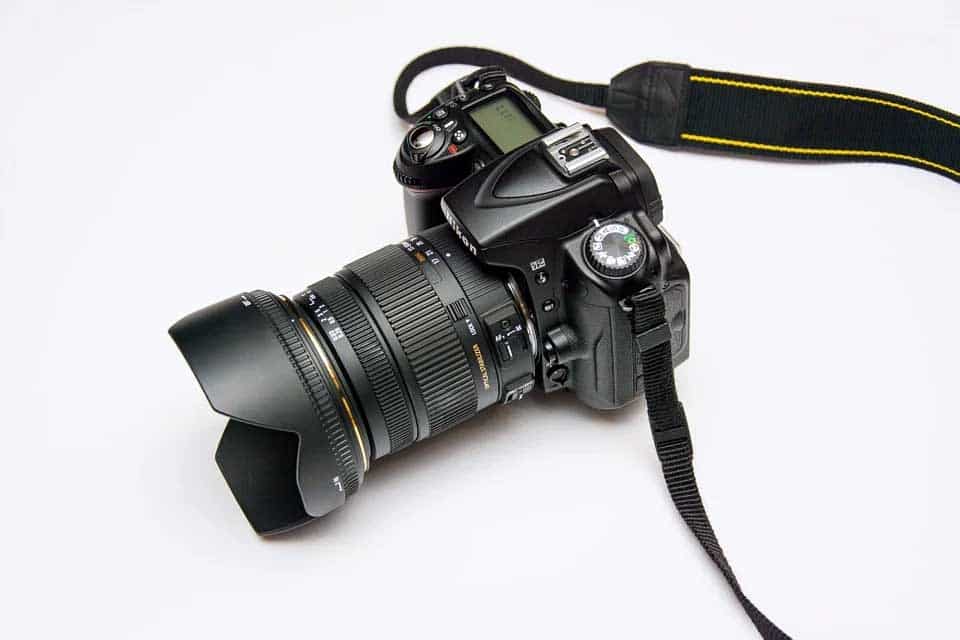

Certainly! Wildlife photography is an exhilarating but challenging genre that requires patience, knowledge of animal behavior, and technical skills. Here are some valuable tips for wildlife photography:
## 1. **Research and Knowledge:**
– Learn about the animals you want to photograph. Understand their habits, habitats, and behavior. This knowledge will help you anticipate their movements and actions.
## 2. **Use the Right Equipment:**
– Invest in a good quality DSLR or mirrorless camera with a fast autofocus system. A telephoto lens (300mm and above) is crucial for getting close-up shots of distant or skittish subjects.
## 3. **Stability and Support:**
– Use a sturdy tripod or monopod to stabilize your camera, especially when using longer telephoto lenses. This helps avoid camera shake and allows for sharper images.
## 4. **Patience and Observation:**
– Wildlife photography often requires long hours of waiting for the right moment. Be prepared to spend time observing and waiting for natural behaviors to unfold.
## 5. **Camouflage and Concealment:**
– Use natural surroundings or purpose-built hides to blend in and avoid disturbing the animals. This helps you get closer without causing distress.
## 6. **Understanding Light:**
– Learn how to use natural light to your advantage. Early morning and late afternoon provide soft, warm light that enhances the colors and textures in your images.
## 7. **Focus and Composition:**
– Use continuous autofocus mode to track moving subjects. Compose your shots with an emphasis on the animal’s eyes, which are usually the focal point of the image.
## 8. **Fast Shutter Speeds:**
– Wildlife is often in motion, so use a fast shutter speed to freeze action and avoid motion blur. Adjust ISO and aperture settings to maintain proper exposure.
## 9. **Fill the Frame:**
– Get as close to your subject as possible while maintaining a safe and respectful distance. Filling the frame with the animal will result in more detailed and impactful images.
## 10. **Capturing Behavior:**
– Aim to capture natural behaviors such as hunting, feeding, grooming, or interacting with other animals. These moments tell a story and add depth to your photographs.
## 11. **Background and Foreground:**
– Pay attention to the elements around your subject. A clean and uncluttered background helps your subject stand out, while foreground elements can add depth and context.
## 12. **Post-Processing:**
– Use software like Adobe Lightroom or Photoshop to fine-tune your images. Adjustments to contrast, exposure, and color balance can enhance the final result.
## 13. **Respect Wildlife and Their Environment:**
– Prioritize the well-being and safety of the animals. Do not disturb or provoke them for the sake of a photograph.
## 14. **Continuous Learning:**
– Join wildlife photography communities, attend workshops, and read books or articles to stay updated on the latest techniques and equipment.
Remember, wildlife photography requires a deep respect for nature and the animals you’re photographing. It’s essential to prioritize their well-being and conservation above all else. Through your images, you can help raise awareness and appreciation for the incredible diversity of wildlife on our planet.